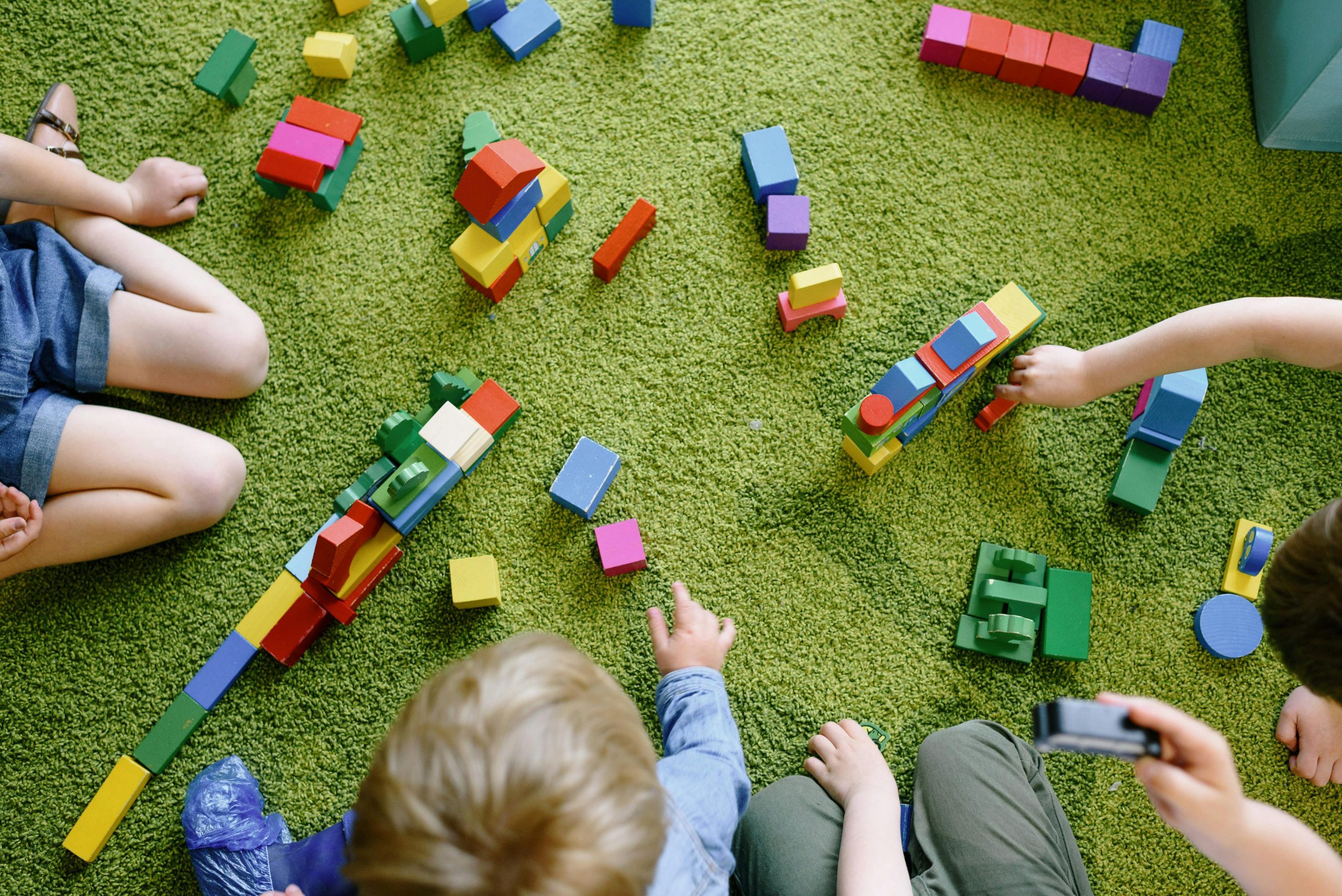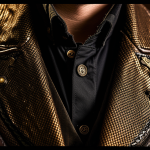Maria Montessori’s educational approach transforms children’s learning through hands-on discovery and self-directed play. Recent studies from 2025 show that children using authentic Montessori materials demonstrate 30% faster cognitive development compared to traditional educational methods (Early Childhood Research Quarterly, 2025). But how do you choose toys that truly honor these proven principles? Discover carefully curated educational materials at www.montessori-kingdom.com, where each product supports your child’s natural learning journey.
Understanding the Core Philosophy Behind These Learning Materials
Maria Montessori revolutionized early childhood education by recognizing that children possess an innate desire to learn and explore their world independently. Her philosophy centers on respecting the child as a capable individual who thrives when given freedom within a carefully prepared environment.
In parallel : Ultimate Guide: How to Maintain Pristine White Sneakers in the UK”s Muddy Weather
The core principle behind authentic Montessori materials lies in their ability to promote self-directed learning. Each toy or tool is designed with specific educational objectives that allow children to discover concepts through hands-on exploration rather than adult instruction. This approach builds confidence and develops critical thinking skills naturally.
Modern Montessori educational toys translate these century-old principles into contemporary designs that maintain the essential characteristics Maria Montessori identified. They feature natural materials like wood, promote sequential learning, and include built-in error correction mechanisms that allow children to recognize and solve problems independently.
Also read : Unleash Your Style: Mastering Monochrome Fashion Statements in Birmingham
This philosophy emphasizes that children learn best when they can touch, manipulate, and interact with materials at their own pace, making every learning experience both meaningful and joyful.
Age-Appropriate Selection: From Babies to Six-Year-Olds
Choosing the right Montessori materials requires understanding your child’s developmental stage and natural learning tendencies. Each age group has distinct needs that authentic Montessori materials address through carefully designed activities and sensory experiences.
For babies up to 18 months, focus on materials that develop basic motor skills and sensory awareness. Wooden rattles, grasping beads, and simple object permanence boxes introduce cause-and-effect learning while supporting hand-eye coordination. These early materials should be lightweight, smooth, and sized for tiny hands to explore safely.
Toddlers between 18 months and 3 years benefit from practical life activities that mirror real-world tasks. Child-sized cleaning tools, pouring exercises, and simple puzzles challenge their growing independence while building concentration skills. Materials at this stage should offer clear progression from simple to complex movements.
Preschoolers aged 3 to 6 years are ready for more sophisticated learning materials. The classic pink tower, cylinder blocks, and mathematical concepts like the golden beads introduce abstract thinking through concrete manipulation. Quality wooden construction ensures these materials withstand intensive use while maintaining their educational integrity.
When selecting materials, consider your child’s current interests and emerging skills rather than strictly following age recommendations. A specialized Montessori retailer can guide you toward materials that match your child’s individual development and learning style.
Essential Criteria for Choosing the Right Montessori Learning Materials for Children
Selecting authentic Montessori materials requires understanding what makes these educational tools truly effective for child development. Not all toys labeled Montessori meet the rigorous standards that foster independent learning and self-discovery.
The most important criteria ensure materials support your child’s natural development while encouraging exploration and mastery through hands-on experience.
- Natural materials – Wood, metal, and fabric provide authentic sensory experiences that plastic cannot replicate, connecting children to the natural world
- Clean, simple design – Uncluttered aesthetics help children focus on the learning objective without visual distractions or overstimulation
- Self-correcting features – Built-in error control allows children to identify and fix mistakes independently, building confidence and problem-solving skills
- Logical progression – Materials should move from concrete to abstract concepts, matching your child’s developmental stage and readiness
- Exceptional durability – Quality construction ensures materials withstand repeated use while maintaining their educational integrity over time
These criteria work together to create learning experiences that respect your child’s innate curiosity while building the foundation for lifelong independent learning.
The Superior Benefits of Wooden Toys in Early Education
Wooden toys offer a sensory richness that plastic alternatives simply cannot match. The natural texture, weight, and warmth of wood engage a child’s tactile development in meaningful ways. When children handle authentic wooden materials, they experience varying grain patterns, subtle temperature changes, and the satisfying weight that helps develop their proprioceptive awareness.
From an ecological perspective, quality wooden toys represent a sustainable investment in your child’s future. Unlike their plastic counterparts, wooden educational materials can withstand decades of use while maintaining their structural integrity. This durability means they often become cherished family heirlooms, passed down through generations of learners.
The pedagogical advantages of wooden toys align perfectly with Maria Montessori’s principles. Wood’s neutral appearance allows children to focus on the learning objective rather than flashy colors or electronic distractions. The material’s natural properties encourage concentration and mindful exploration, supporting the development of sustained attention spans that are crucial for academic success.
Quality wooden toys also promote imaginative play by providing open-ended possibilities. Without predetermined sounds or lights, children must rely on their creativity to bring these materials to life, fostering cognitive flexibility and problem-solving skills that serve them throughout their educational journey.
Recognizing Authentic Materials vs. Commercial Imitations
The growing popularity of Montessori education has led to a flood of products claiming to follow Maria Montessori’s principles. However, not all materials bearing the Montessori name deliver the same educational value as authentic ones.
Genuine Montessori materials possess specific characteristics that distinguish them from commercial imitations. They feature natural materials like solid wood, precise dimensions that match original specifications, and serve a single educational purpose. The texture, weight, and visual appeal all contribute to the child’s sensory experience, something mass-produced plastic alternatives cannot replicate.
When evaluating suppliers, look for retailers who demonstrate deep understanding of Montessori philosophy and can explain how each material supports child development. Authentic materials often come with higher price points, but this reflects the quality craftsmanship and educational research behind their design.
Reputable Montessori specialists typically offer detailed product descriptions explaining the educational purpose, age appropriateness, and connection to specific areas of the curriculum. They also provide guidance on proper presentation techniques, ensuring parents and educators can maximize the material’s learning potential.
Your Questions About Montessori Educational Materials
What are the best Montessori toys for a 2 year old?
Focus on practical life materials like sorting toys, stacking rings, and simple puzzles. Object permanence boxes and wooden shape sorters develop fine motor skills perfectly.
How do I know if a toy is truly Montessori approved?
Authentic Montessori materials are self-correcting, made from natural materials, and isolate one learning concept. They should encourage independent exploration without adult intervention.
What’s the difference between regular toys and Montessori materials?
Montessori materials are purposefully designed for specific learning outcomes. Unlike regular toys, they’re simple, beautiful, and allow children to master skills through repetition.
Are wooden toys really better for Montessori education?
Yes, wooden materials provide authentic sensory experiences and durability. They connect children to nature while offering the weight and texture needed for proper development.
How much should I spend on quality Montessori learning materials?
Invest in foundational pieces first. Quality wooden materials last for years and multiple children. Start with $50-100 for essential items like cylinders and sensory materials.











